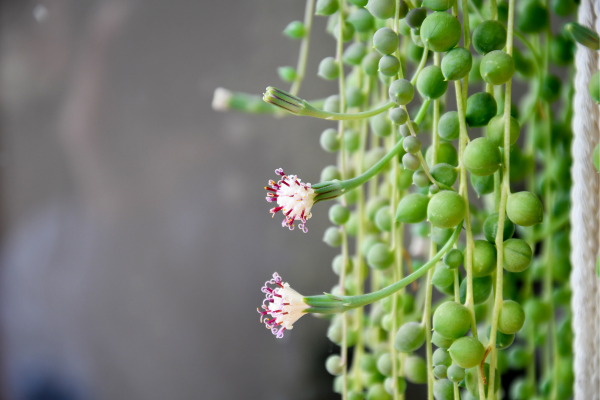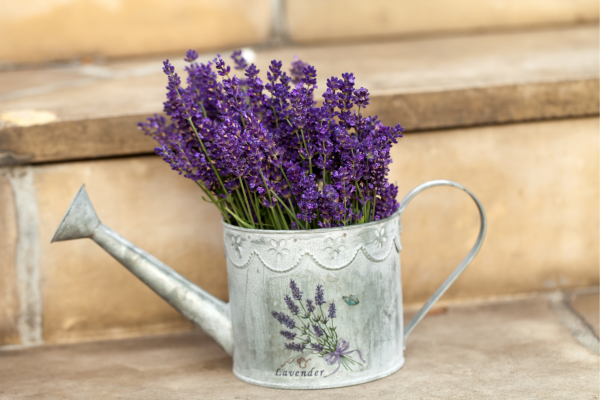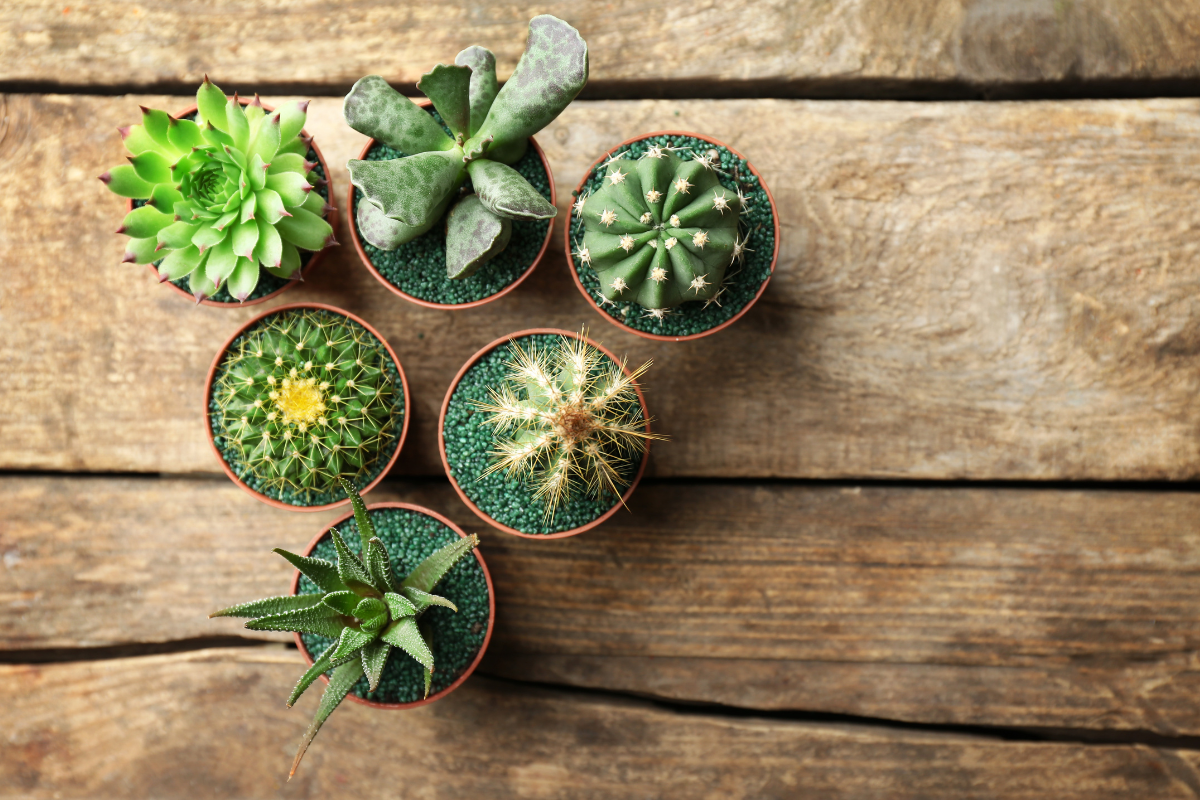Are you looking for a unique and beautiful plant to add to your collection? Look no further than the string of tears plant!
This stunning succulent is known for its delicate, cascading leaves that resemble strings of pearls. Not only is it visually appealing, but it’s also easy to care for and propagate.
In this guide, we’ll walk you through everything you need to know about how to care for string of tears plant
So grab your gardening gloves and let’s get started!
Table of Contents
What is a string of tears?
A string of tears (Curio herreianus previously known as Senecio herreianus) is one of the most visually stunning houseplants you can find. These graceful vines are native to Namibia and South Africa, but they have become popular among indoor gardeners all around the globe.
The plant is characterized by small round leaves that grow in pairs along thin stems that drape down like a string.

The leaves have a unique appearance due to their translucent texture and vibrant green color which makes them look like little beads strung together on threads.
The “tears” come from tiny water droplets forming at each leaf’s base.
What makes these plants even more exciting is their ability to produce delicate white flowers with yellow centers during summer months if properly cared for.
It’s an easy-to-maintain show-stopper that will add some natural beauty to your space while requiring minimal effort on your part!
How to care for string of tears plant
They are pretty similar to the string of pearls but they have a pointed ends that make them resemble a tear drop in shape.
The string of hearts, string of bananas, string of pearls they are belong to the same genus and the care for each of these succulents are pretty much similar with very minor variations.
A string of tears plants is a unique and delicate addition to any indoor garden. These beautiful trailing succulents thrive in bright, indirect light and require minimal care to grow well.
i) Lighting
If the plant is not given enough top-down light or if the light is not perfectly angling, then the green leaves will get bald on top (the area where the sunlight is not present). Then change the direction of the lighting.
Having a grow light that can be directed and regulated works great for them.

Never expose them in the direct sunlight. Keep them in indirect bright light for better growth.
These plants prefer bright but indirect sunlight. Although they can tolerate some direct sun exposure, too much can cause their leaves to burn or dry out.
ii) Watering
If the plant is underwatered it will have wrinkles on it on the other hand if the plant is overwatered it will burst like a pea out of its pod. When you find the leaves shrivel, water them.
To care for your string of tears plant, start by ensuring that it is planted in well-draining soil. Water only when the soil has completely dried out, as overwatering can quickly lead to root rot.
iii) Pests
They generally don’t attract any pests, but sometimes quite rarely you can encounter some spider mites.
If you notice any mould or a white dots you can easily rub them off using a q-tip dipped in a rubbing alcohol but don’t spray over.
iv) Fertilizers
If you adding fertilizers never add them during summers. Winters are mostly the perfect time for adding in the fertilizers. They don’t need too much of fertilization or a constant monitoring of nutrients.

It is enough to provide with the required micronutrients once every 3 to 4 months. They aren’t heavy feeders. You can usually spray water soluble fertilizer mix for better growth. Be sure not to over-fertilize as this can damage the plant’s roots.
v) Pruning
The plant itself is delicate, especially the stems. It is advised not to put them under pressure.
Another important aspect of caring for your string of tears plant is pruning. Regularly trimming back any dead or damaged growth will help promote healthy new growth and keep your plant looking its best.
vi) Scent
The flowers of the plant have a mix of cinnamon and a clove scent to it
vii) Potting
You can use succulent potting mix not mere sand to plant them.
Since all the ‘String of’ varieties and succulents mostly grow in a drought conditions, they don’t usually require consistent supply of water.

Since they don’t really want to retain water, use plastic pots. Earthern pots doesn’t work well with them. During winters, sparingly water it, as it is very easy for them to get overwatered.
Hence, the soil they are potted should be porous enough and should have a better draining capacity more like a grainy soil that is loose, porous, and sandy.
With just a little bit of attention and care, your string of tears plant is sure to thrive!
Troubleshooting diseases
Troubleshooting your string of tears plant is important to ensure its health and longevity.
- Overwatering – One common issue that may arise is overwatering, which can lead to root rot. To avoid this, make sure the soil dries out completely between watering sessions.
- Pests – Another potential problem is pests such as spider mites or mealybugs. These can be treated with insecticidal soap or neem oil, but it’s important to catch them early before they spread.
- Not enough sunlight – If you notice your string of tears plant becoming leggy and losing its fullness, it may not be getting enough light. Move it closer to a window or provide additional artificial lighting if necessary.
- Lack of Nutrients – Yellow leaves may also indicate a lack of nutrients or too much direct sunlight. Consider fertilizing the plant every few weeks during the growing season and providing some shade during the hottest parts of the day.
By being proactive in troubleshooting any issues with your string of tears plant, you can help ensure its continued health and beauty in your home.
Conclusion
The string of tears plant is a beautiful addition to any indoor or outdoor space. With its low maintenance needs and unique appearance, it’s no wonder that this trailing succulent has become increasingly popular among plant enthusiasts.
By following the care guide outlined in this article, you can ensure that your string of tears plant thrives and continues to bring joy for years to come.
Remember to keep it in a well-lit area with proper drainage and avoid overwatering.
With a little bit of attention and care, your string of tears will reward you with cascading vines full of delicate tear-shaped leaves.
So go ahead and add one (or more!) to your collection – we guarantee you won’t regret it!



